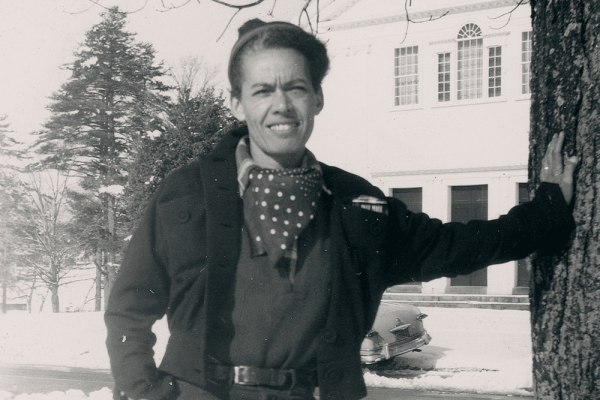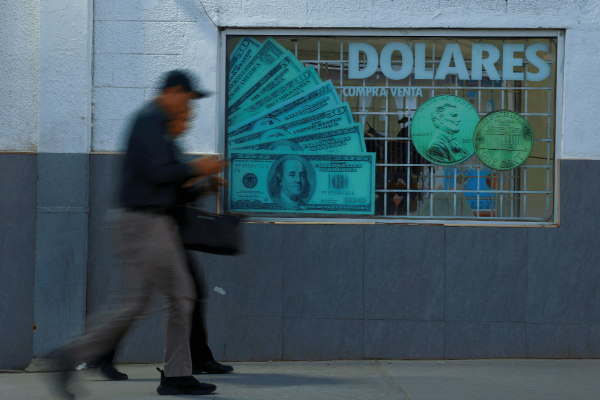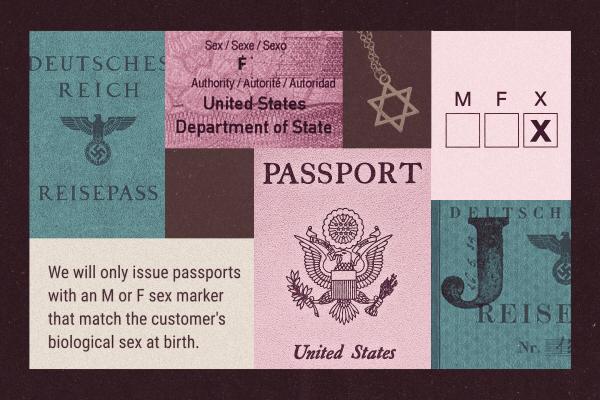In 2013 and 2018, I collected ethnographic data in a predominantly white, conservative, Christian K-12 school. It was there that I discovered a robust hidden curriculum about what “diversity” means to these conservative Christians. The school communicated through its policies and practices that there is only one right way of being in the world: unapologetically white, heterosexual, conservative, and Christian. Such messaging was hard for some of its students, like Black women, mainline Protestants, and Catholics, who told me about their experiences of being “different” at that school and their desire for something more. Their experiences helped me to realize how strongly I believe schools — especially Christian schools — should be inclusive spaces that cultivate in students a love for neighbor. But now, due to a recent ruling by the U.S. Supreme Court, religious schools, like the ones I observed, are eligible for more state funding from taxpayers.
On June 30, the Supreme Court ruled that it was unconstitutional for the state of Montana to exclude private religious schools from a taxpayer-funded scholarship program. Like many other states, Montana’s constitution prohibits public aid — either directly or indirectly — from being distributed to any religious organization, and it specifically restricts funds from going to religious schools.
But in its 5-4 decision on the case, Espinoza v. Montana Department of Revenue, the Court found such prohibitions to be in violation of the free exercise of religion guaranteed by the First Amendment. Chief Justice John Roberts explained the rationale in his majority opinion:
“To be eligible for government aid under the Montana Constitution, a school must divorce itself from any religious control or affiliation. Placing such a condition on benefits or privileges ‘inevitably deters or discourages the exercise of First Amendment rights.’”
This ruling has far-reaching implications: Religious schools gain increased access to state taxpayer funding, while state taxpayers may see their tax dollars at work in school classrooms whose teachings and beliefs do not reflect their own. Secretary of Education Betsy DeVos, a proponent of religious schools and vouchers (taxpayer-funded sums of money families may choose to spend at a school of their choice) declared the ruling “a historic victory.”
As a Cooperative Baptist deacon, a former teacher in Christian high schools, and an educator at a private Christian university, I believe faith-based education matters because it allows students to realize that we are called to be in community and that knowledge can and should be used for the greater good. At its best, Christian education celebrates the diversity of Christ’s body through broadening students’ perspectives and teaching them to appreciate the unique ways each individual contributes to that body and is responsible for its care. And yet, I am deeply troubled about the way the Espinoza ruling will expand access to Christian schools. These schools often have little accountability when it comes to their curriculums, the values they teach, and the learning environment they create for students.
I started my research because I wanted to understand what conservative Christian schools taught students about diversity. I selected a school to study that already had a commitment to expanding the racial and economic diversity of its students and staff, and one that wanted to cultivate a climate of appreciation for difference. Simultaneously, the school was also trying to generate public support for the state’s adoption of a voucher program, which administrators hoped would diversify their student population.
And the administrators were right. Several years later, after the state began its voucher program, the school was more economically and racially diverse. While an increasingly diverse student body may sound good, in my time at the school, I observed that the school wasn’t actually integrating diverse students; it was trying to assimilate them. Instead of affirming students’ backgrounds through intentionally choosing materials and activities where diverse backgrounds were represented, this school took students — particularly low-income students, students who were in the racial, ethnic, or religious minority, and even some LGBTQ students — and expected them to conform to middle class, heterosexual, and white norms.
Here’s an example: Though the school claimed to be committed to cultivating unity in diversity, and a few staff were genuinely trying to do so, the school normalized white supremacy. It hung a Confederate flag in one of its classrooms. It didn’t celebrate Martin Luther King Jr. Day. And teachers were not intentional in choosing texts that featured non-white voices or accomplishments; doing so, the faculty and administration rationalized, would go against their theological belief in colorblindness, a belief they justified with Colossians 3:11 (“There is no longer Greek and Jew, circumcised and uncircumcised, barbarian, Scythian, slave and free; but Christ is all and in all”).
The school’s first Black teacher was dismissed after only a year. When I asked why, I was given several examples, including her choice to wear an Obama shirt and her decision to assign students to reflect on an image of a slave. I was particularly troubled by this last example, which struck me as a culturally responsive assignment. Instead of cultivating true unity in diversity by affirming students’ unique contributions to Christ’s body, the school attempted to curate the kind of superficially diverse community they wanted through admitting and hiring Black students and teachers who wouldn’t try to change the normative whiteness of the school. Some school leaders spoke openly about wanting to only appear to be “doing diversity” without actually doing it.
Black students weren’t the only students impacted by the school’s marginalizing norms. The school had a policy specifying which behaviors and sexual orientations reflected Christ-like living and which did not. From the school’s perspective, being anything other than heterosexual is incompatible with Christian living. I was not surprised, then, when staff and students told me how school administrators had recently counseled a gay student to withdraw.
Similarly, I noticed how the school reinforced traditional gender roles: The school instructed male students to recite a chant about being strong men during P.E., and women were seldom invited to speak at the school’s weekly chapel.
The school upheld conservative Christianity as the one true religion by presenting other faith traditions in opposition to conservative Christianity. It advocated political conservatism through hosting conservative politicians on campus. And it taught creationism in AP biology.
While I personally disagree with the school’s practices, I understand why some parents choose to pay tuition to send their kids there — and those parents are free to spend their money where they want. But when the state adopted its voucher program, it troubled me that my tax dollars were being used to support the kinds of teaching and discriminatory admissions practices I witnessed. In some states, the top recipients of public taxpayer dollars available through voucher programs are Christian schools, many of which have policies similar to the school I studied.
Families will argue that vouchers offer them access to “better” schools. And in some cases, they may be right. But as an education researcher, I must ask: What does “better” really mean? How do we know they’re better? And are they better for every student?
Some states do not require schools accepting vouchers be accredited or hire licensed teachers. Some schools accepting vouchers use curriculums that are not recognized by public universities. Essentially, some states offer religious schools little accountability for what students are learning or experiencing in their publicly funded classrooms.
While the school I studied was accredited and regularly sent kids to state universities — something that appealed to many of the parents I spoke with — I also spoke with Black students who desired a curriculum that recognized Black history, leaders, and experiences. Black parents desired more Black teachers. Two white students I spoke with, who identified as mainline Protestant and Catholic, resented being told what to think, and formed a debate club to learn the nuances of controversial positions. In other words, these students wanted and needed more from their school — they didn’t want to settle for assimilation. Without more accountability, neither taxpayers nor parents can know if these schools are actually better places for students to be.
So, in response to the Supreme Court’s ruling, which is likely to increase the taxpayer funding available to Christian schools without much accountability, families and taxpayers need to ask more questions. Because even Christian schools with explicit commitments to addressing diversity might not be practicing the neighbor-love that Christ calls us to do. We need to ask whether the schools are cultivating equitable, inclusive, and anti-racist environments. We need to ask about what they are teaching. We need to ask about the kinds of citizens they hope to produce. We need to ask if they’re discriminating against LGBTQ students, non-Christians, English-language learners, and students with disabilities. We need to ask if they are really better schools.
Got something to say about what you're reading? We value your feedback!







